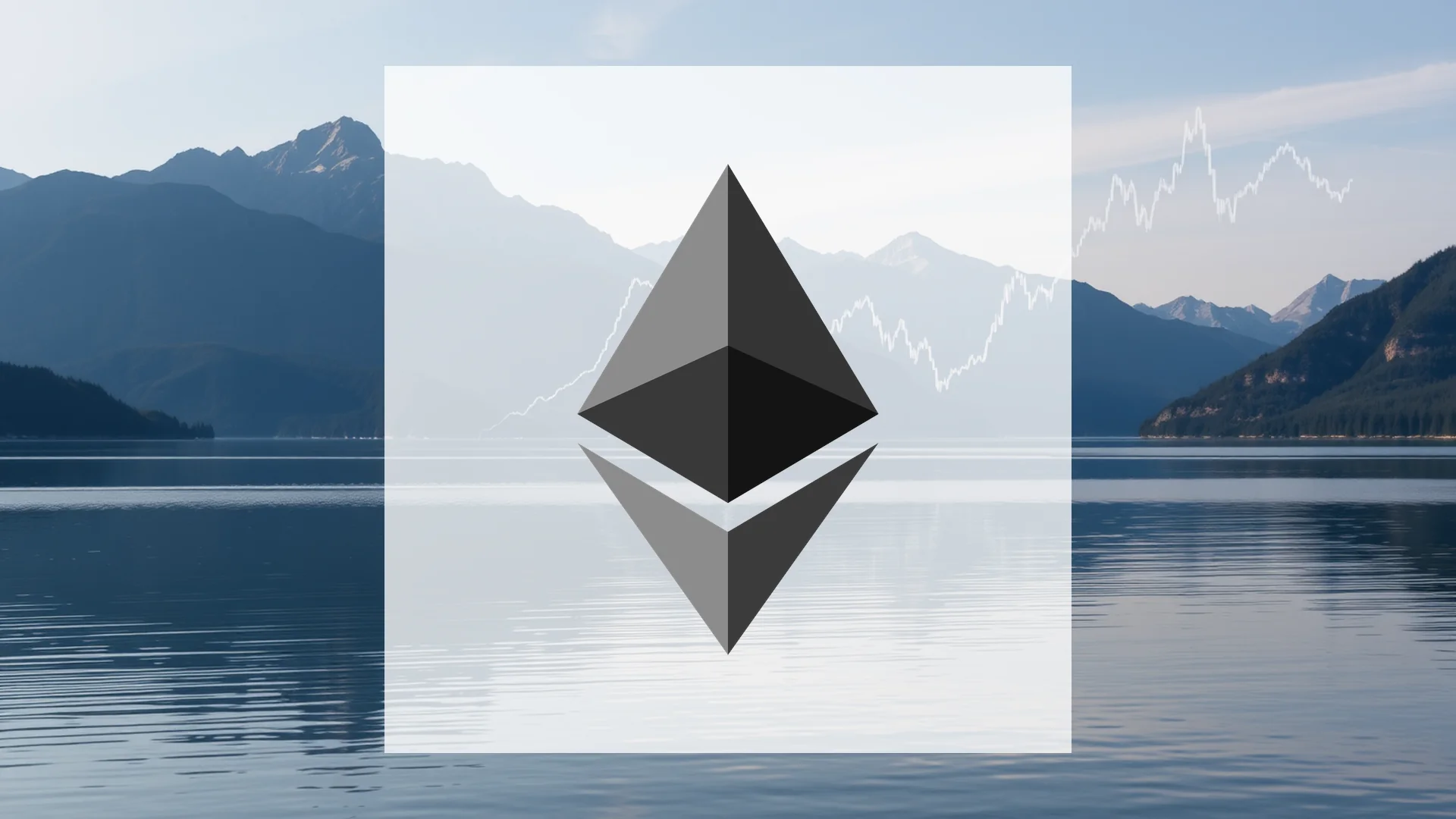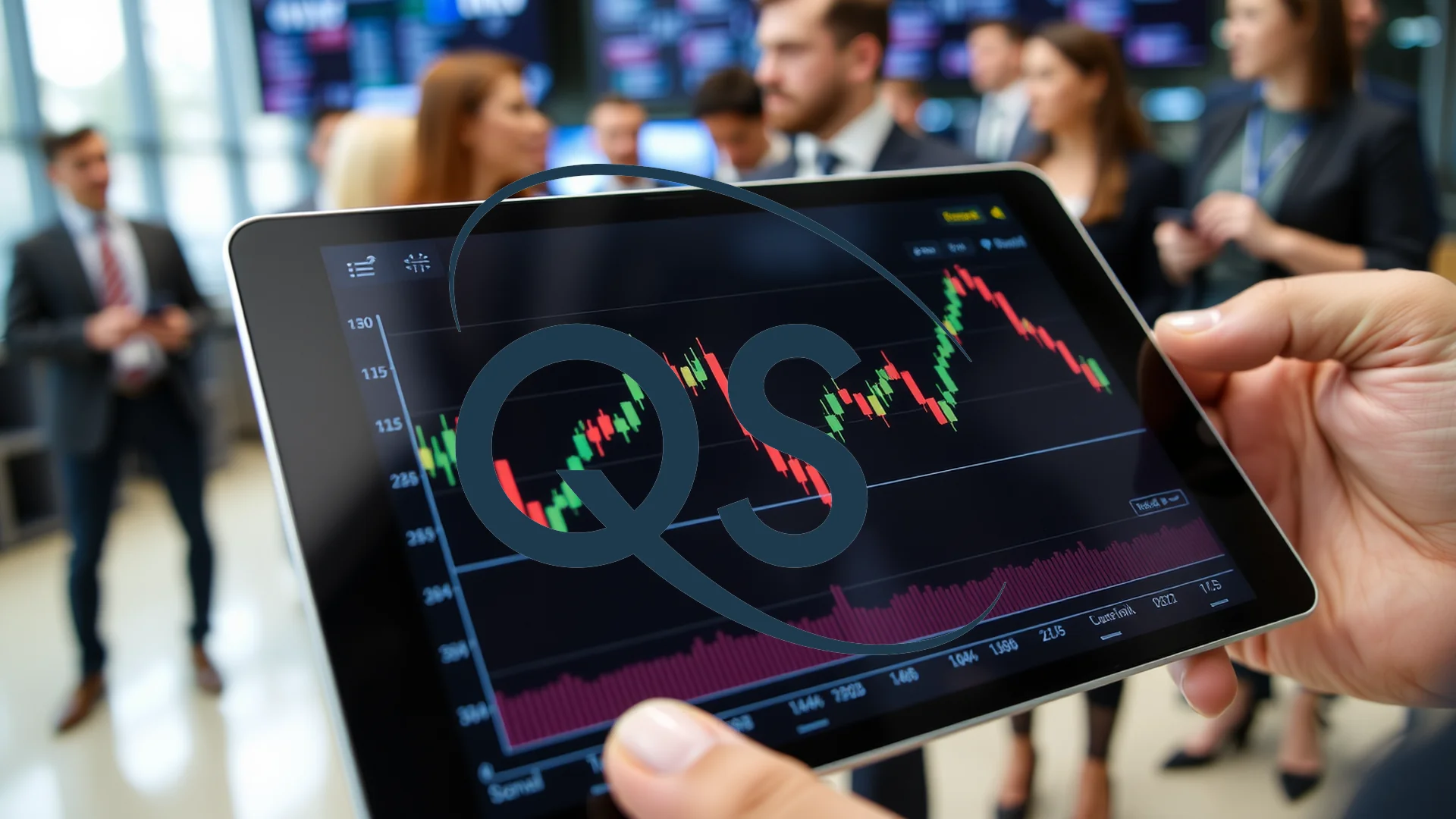The iShares Global Clean Energy ETF finds itself at the epicenter of a significant transformation within the worldwide energy landscape. Although the long-term outlook for clean energy remains robust, the fund is currently contending with substantial headwinds. The present situation is one of stark contrasts: the fundamental commitment to solar, wind, and other renewable sources is undeniable, yet the sector faces a nearly constant stream of new obstacles.
A Closer Look at the ETF’s Composition and Strategy
This exchange-traded fund achieves its objective by physically replicating the holdings of the S&P Global Clean Energy Transition Index. It reports assets under management of approximately $1.66 billion and operates with an annual total expense ratio of 0.39%. Investors receive income through a distributing policy, with dividends paid on a semi-annual basis.
- Investment Focus: Businesses operating across the entire renewable energy value chain.
- Replication Technique: Physical replication of the underlying index.
- Fee Structure: Total annual costs are 0.39%.
Market Dynamics: A Tale of Two Forces
The current environment presents a complex challenge for investors. On one hand, long-term growth is propelled by global net-zero commitments from governments and corporations. Conversely, short-term performance is being pressured by supply chain constraints and political volatility. Highlighting these pressures, investments in renewable energy within the United States saw a noticeable decline in the first half of 2025 compared to the same period the previous year.
Should investors sell immediately? Or is it worth buying iShares Global Clean Energy ETF?
Amidst these conflicting signals, the US Energy Information Administration continues to forecast a dominant future role for solar power within the energy mix. This tension between immediate setbacks and long-term potential is a defining characteristic of the clean energy sector today.
Valuation Check: A Return to Realism?
A key question for market participants is whether company valuations have reached a sustainable level. The median enterprise-value-to-sales (EV/Sales) multiple for green energy companies stood at 5.7x by the end of 2024. This figure represents a significant departure from the speculative peaks witnessed in 2020, prompting debate on whether this indicates a healthy market correction or a loss of investor enthusiasm.
The performance of the ETF’s top ten holdings, which account for a substantial portion of the fund’s assets, will be instrumental in determining its overall trajectory. This concentrated exposure becomes particularly significant during a period of sector-wide reassessment.
Ad
iShares Global Clean Energy ETF Stock: Buy or Sell?! New iShares Global Clean Energy ETF Analysis from December 26 delivers the answer:
The latest iShares Global Clean Energy ETF figures speak for themselves: Urgent action needed for iShares Global Clean Energy ETF investors. Is it worth buying or should you sell? Find out what to do now in the current free analysis from December 26.
iShares Global Clean Energy ETF: Buy or sell? Read more here...











